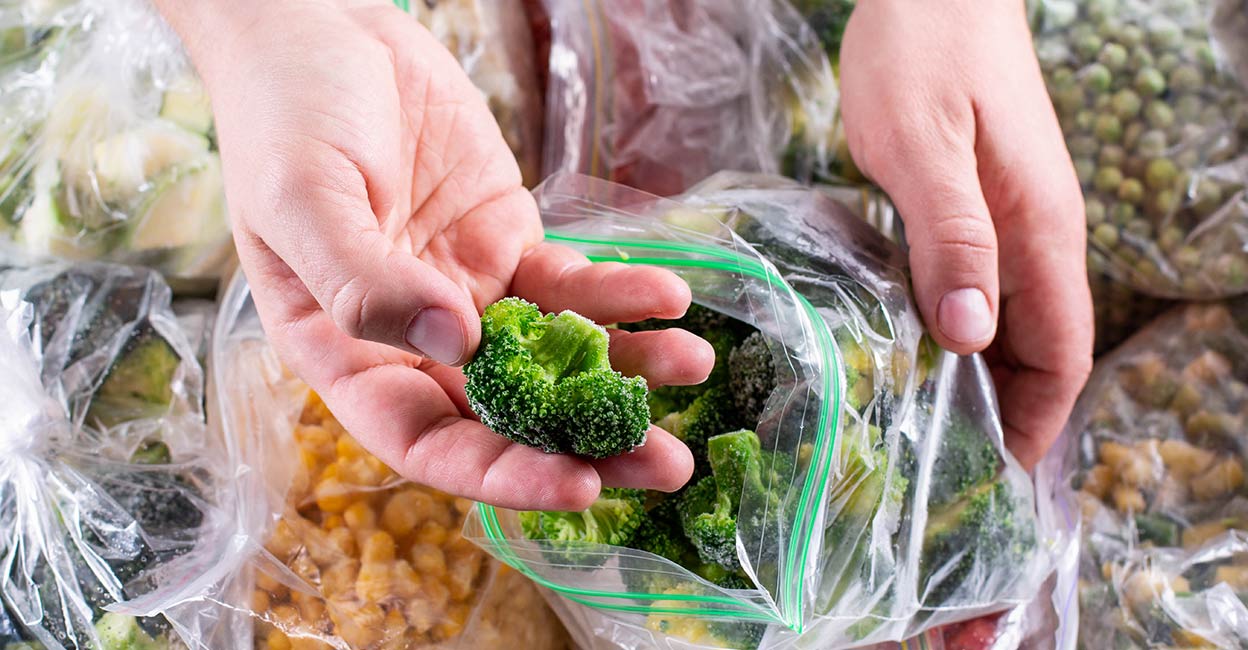

Articles
How To Store Cut Broccoli
Modified: February 24, 2024
Learn the best methods for storing cut broccoli to keep it fresh and flavorful. Find expert articles and tips on how to store and preserve broccoli after it has been cut.
(Many of the links in this article redirect to a specific reviewed product. Your purchase of these products through affiliate links helps to generate commission for Storables.com, at no extra cost. Learn more)
Introduction
Welcome to our guide on how to store cut broccoli! Broccoli is a nutritious and versatile vegetable that can be enjoyed in salads, stir-fries, soups, and more. However, once you’ve cut your broccoli into smaller pieces, it’s important to know the proper storage methods to maintain its freshness and flavor.
Improper storage can lead to a loss of nutrients, color, and texture, as well as an increased risk of spoilage. In this article, we will discuss the importance of properly storing cut broccoli, provide best practices for storage, and guide you through the step-by-step process of storing cut broccoli in the refrigerator or freezer. Additionally, we will share tips for maintaining optimal quality and provide instructions on how to safely reheat stored cut broccoli.
Whether you’re meal prepping, have leftovers from a recipe, or simply want to extend the shelf life of your cut broccoli, this guide will help you make the most out of this delicious and nutritious vegetable. So let’s dive in and discover how to store cut broccoli effectively!
Key Takeaways:
- Properly storing cut broccoli is crucial to maintain its nutrients, color, and texture. Refrigeration and freezing are effective methods for extending its shelf life and ensuring optimal quality for future use.
- When storing cut broccoli, handle it with care, avoid moisture buildup, and practice good hygiene. Be mindful of risks such as bacterial growth and freezer burn, and follow proper reheating methods for a delightful culinary experience.
Read more: How To Store Cut Broccoli In The Fridge
The Importance of Properly Storing Cut Broccoli
Properly storing cut broccoli is essential to maintain its quality, flavor, and nutritional value. When broccoli is cut, it exposes the inner surfaces to air, causing it to deteriorate more quickly than whole broccoli. By following the recommended storage practices, you can maximize the freshness and extend the shelf life of your cut broccoli.
One of the key reasons for properly storing cut broccoli is to preserve its nutritional benefits. Broccoli is packed with essential vitamins such as vitamin C, vitamin K, and folate, as well as minerals like potassium and calcium. These nutrients are not only important for overall health, but they also help support the immune system, promote healthy digestion, and contribute to bone health. However, improper storage can lead to nutrient loss, diminishing the nutritional value of the broccoli.
In addition to preserving nutrients, proper storage also helps maintain the vibrant green color and crisp texture of cut broccoli. When exposed to air and moisture, broccoli can quickly turn yellowish or limp, indicating a loss of freshness. By storing it correctly, you can prolong its freshness and ensure it retains its appealing appearance and satisfying crunch.
Furthermore, proper storage helps prevent the growth of bacteria and mold, reducing the risk of foodborne illnesses. When cut broccoli is left at room temperature or exposed to moisture, it becomes a breeding ground for microorganisms that can cause food poisoning. By keeping your cut broccoli stored in optimal conditions, you can minimize the risk of contamination and ensure the safety of your food.
Besides the practical benefits, properly storing your cut broccoli also helps reduce food waste. When stored correctly, you can enjoy your cut broccoli for a longer period, reducing the need to throw away spoiled or wilted pieces. This not only saves you money but also contributes to a more sustainable and eco-friendly lifestyle.
Now that we understand the importance of properly storing cut broccoli, let’s explore the best practices to ensure its longevity and quality.
Best Practices for Storing Cut Broccoli
Proper storage techniques are crucial for maintaining the freshness and quality of cut broccoli. To help you make the most out of your cut broccoli, here are some best practices:
- Keep it cool: Broccoli prefers cooler temperatures, so it’s best to store it in the refrigerator. The optimal temperature for storing cut broccoli is between 32°F (0°C) and 40°F (4°C).
- Use a breathable container: To prevent excess moisture build-up, store your cut broccoli in a breathable container. Use a perforated plastic bag or place the broccoli in a bowl covered with a damp paper towel.
- Avoid direct contact with moisture: Excess moisture can cause your cut broccoli to become limp and develop mold. Make sure the broccoli is dry before storing it and avoid storing it in wet or damp conditions.
- Separate the florets: If you’ve cut the broccoli into florets, it’s a good idea to separate them. This helps to maintain their individual freshness and prevents them from sticking together.
- Don’t wash before storage: It’s best to avoid washing the cut broccoli before storage. Washing can introduce moisture, which can accelerate spoilage. Instead, wash the broccoli just before you plan to use it.
- Trim any yellow or wilted parts: Before storing, inspect your cut broccoli for any yellow or wilted parts. Trim these off to ensure you’re storing only the freshest portions.
- Label and date: If you’re storing your cut broccoli for an extended period, it’s a good practice to label the container or bag with the date. This will help you keep track of its freshness and prevent it from sitting in the refrigerator for too long.
- Rotate your broccoli: If you have multiple containers of cut broccoli, make sure to rotate them. Use the older broccoli first to prevent any pieces from spoiling unnecessarily.
- Store in the right part of the refrigerator: Store your cut broccoli in the crisper drawer or the vegetable compartment of your refrigerator. This area tends to have higher humidity levels, which can help prevent the broccoli from drying out.
By following these best practices, you can ensure that your cut broccoli stays fresh, crisp, and flavorful for as long as possible. In the next sections, we will explore two common storage options for cut broccoli: refrigeration and freezing.
Option 1: Refrigerating Cut Broccoli
Refrigeration is the most common and convenient method for storing cut broccoli. Follow these steps to refrigerate your cut broccoli:
- Prepare the cut broccoli: If you haven’t already, cut your broccoli into desired sizes, such as florets or smaller pieces.
- Ensure dryness: Make sure the cut broccoli is dry before placing it in the refrigerator. Excess moisture can promote spoilage.
- Use a breathable container: Place the cut broccoli in a perforated plastic bag or a container with holes to allow for proper air circulation.
- Store in the crisper drawer: If your refrigerator has a crisper drawer, it is the ideal spot for storing cut broccoli. The humidity levels in this compartment help maintain the crispness of the broccoli.
- Keep away from ethylene-producing fruits: Avoid storing cut broccoli near fruits like apples, pears, or bananas, as they produce ethylene gas, which can speed up the deterioration of the broccoli.
- Monitor and use within a week: Check the cut broccoli regularly for any signs of spoilage. It is best to consume it within a week for optimal freshness and taste.
- Wash before use: Just before using the cut broccoli, wash it under cool water to remove any dirt or debris. Pat dry with a paper towel, and it’s ready to be cooked or enjoyed raw.
Refrigeration helps slow down the spoilage process and keeps the cut broccoli fresh for up to a week. However, keep in mind that the quality and flavor of the broccoli may gradually diminish over time, so it’s best to consume it as soon as possible.
Now let’s explore an alternative storage method for cut broccoli: freezing.
Option 2: Freezing Cut Broccoli
If you have a surplus of cut broccoli or want to store it for a longer period, freezing is an excellent option. Follow these steps to freeze your cut broccoli:
- Prepare the cut broccoli: Wash the broccoli under cool water to remove any dirt or debris. Cut it into desired sizes, such as florets or smaller pieces.
- Blanch the broccoli: Blanching helps preserve the color, texture, and nutrients of the broccoli. Bring a pot of water to a boil and add the cut broccoli. Let it blanch for 2-3 minutes, then remove and transfer immediately to an ice bath to stop the cooking process.
- Drain and dry: Once the broccoli has cooled down, drain it well and pat it dry with a paper towel. Excess moisture can lead to freezer burn, so it’s important to remove as much water as possible.
- Portion and pack: Divide the blanched and dried broccoli into portion sizes that you’ll use in one go. Place each portion into a freezer-safe bag or airtight container. Remove as much air as possible to prevent freezer burn.
- Label and date: Label each bag or container with the date of freezing to keep track of freshness. Frozen cut broccoli is best consumed within 6-8 months for the best quality.
- Store in the freezer: Place the packaged cut broccoli in the freezer, ideally in a spot where it won’t get crushed or disturbed. It’s recommended to store it towards the back of the freezer where the temperature remains more constant.
- Thaw before use: When you’re ready to use the frozen cut broccoli, thaw it in the refrigerator overnight or quickly thaw it in a microwave. Avoid refreezing thawed broccoli to maintain its texture and flavor.
- Cook and enjoy: Once thawed, the cut broccoli can be used in various recipes, such as stir-fries, soups, casseroles, or as a side dish. Be mindful not to overcook it to retain its crispness and nutritional value.
Freezing cut broccoli allows you to enjoy its goodness even when it’s not in season. However, keep in mind that the texture of the thawed broccoli may be slightly softer compared to fresh or refrigerated broccoli. Nonetheless, it’s a convenient option for preserving the vegetable for longer periods.
Now that you know how to refrigerate and freeze cut broccoli, let’s move on to a step-by-step guide to storing it, including some tips for maintaining optimal quality.
Store cut broccoli in an airtight container or resealable bag in the refrigerator. Make sure to pat the broccoli dry before storing to prevent moisture buildup. It will stay fresh for up to 5 days.
Read more: How To Store Broccoli
Step-by-Step Guide to Storing Cut Broccoli
Follow these step-by-step instructions to effectively store cut broccoli:
- Prepare the cut broccoli: Cut the broccoli into desired sizes, such as florets or smaller pieces. Remove any leaves or tough stems.
- Inspect for freshness: Before storing, inspect the cut broccoli for any signs of spoilage or wilting. Trim off any yellow or wilted parts.
- Dry the cut broccoli: Ensure that the cut broccoli is completely dry. You can gently pat it dry with a paper towel to remove any excess moisture.
- Choose your storage method: Determine whether you will refrigerate or freeze the cut broccoli based on your needs and preferences.
- Option 1: Refrigeration: If you choose to refrigerate the cut broccoli, place it in a breathable container, such as a perforated plastic bag or a bowl covered with a damp paper towel. Store it in the crisper drawer or vegetable compartment of your refrigerator.
- Option 2: Freezing: If you prefer to freeze the cut broccoli, blanch it in boiling water for 2-3 minutes, then transfer it to an ice bath to stop the cooking process. Drain and dry the broccoli thoroughly, portion it into freezer-safe bags or containers, and remove as much air as possible before sealing.
- Label and date: Label each container or bag with the date of storage to keep track. This is especially important if you plan to store the cut broccoli for an extended period.
- Store in the appropriate location: If refrigerating, place the cut broccoli in the crisper drawer or vegetable compartment of your refrigerator. If freezing, place the containers or bags in a spot in the freezer where they won’t be disturbed.
- Monitor and use within recommended time: Regularly check the stored cut broccoli for any signs of spoilage. If refrigerated, aim to use it within a week for the best quality. If frozen, consume it within 6-8 months.
- Wash before use (refrigerated only): Just before using the refrigerated cut broccoli, wash it under cool water to remove any dirt or debris. Pat it dry with a paper towel, and it’s ready to be cooked or enjoyed raw.
- Thaw before use (frozen only): When using frozen cut broccoli, thaw it in the refrigerator overnight or quickly thaw it in the microwave. Do not refreeze thawed broccoli.
- Cook and enjoy: Use the stored cut broccoli in a variety of dishes such as stir-fries, salads, soups, or as a healthy, nutritious side dish.
By following these step-by-step instructions, you can ensure that your cut broccoli stays fresh and maintains its quality for as long as possible. Now, let’s explore some additional tips for maintaining optimal quality when storing cut broccoli.
Tips for Maintaining Optimal Quality
To ensure the optimal quality and freshness of your stored cut broccoli, here are some helpful tips:
- Handle with care: When handling cut broccoli, be gentle to avoid bruising or damaging the delicate florets. Rough handling can accelerate spoilage.
- Store in small portions: Divide your cut broccoli into smaller portions before storing. This allows you to thaw or use only what you need, minimizing waste and preserving the quality of the remaining portions.
- Avoid overcrowding: Whether you’re storing cut broccoli in the refrigerator or freezer, avoid overcrowding the container or bag. Leave some space for proper air circulation to maintain freshness.
- Do not store near strong odors: Broccoli easily absorbs odors, so be cautious not to store it near strong-smelling foods like onions or garlic. This will help preserve the natural flavor of the broccoli.
- Keep moisture levels in check: Moisture is your enemy when storing cut broccoli. Ensure the broccoli is dry before storing it and avoid storing it in wet or damp conditions. Excess moisture can cause spoilage.
- Practice proper hygiene: Wash your hands thoroughly before handling cut broccoli to prevent contamination. Additionally, clean the storage containers or bags regularly to maintain a clean storage environment.
- Use quality storage containers: Invest in good-quality, airtight containers or freezer-safe bags for storing cut broccoli. Properly sealed containers minimize exposure to air and help prevent freezer burn.
- Label and organize: Keep track of the storage dates and organize your cut broccoli in the refrigerator or freezer. This ensures that older pieces are used first, reducing the risk of food waste.
- Only wash before use (refrigerated): Avoid washing cut broccoli before storing it in the refrigerator. Washing introduces moisture and can cause spoilage. Instead, wash it just before using it.
- Properly reheat (refrigerated or frozen): When reheating stored cut broccoli, ensure it reaches a safe internal temperature to prevent any potential foodborne illnesses. Follow proper reheating methods for the best results.
- Trust your senses: Always trust your senses when determining the freshness of cut broccoli. If it has an off-putting odor, strange color, or slimy texture, it’s best to discard it.
By following these tips, you can maintain the optimal quality of your stored cut broccoli and ensure a delightful culinary experience every time you use it.
Now, let’s move on to learning how to properly reheat stored cut broccoli and discuss some risks and cautions associated with storing it.
How to Properly Reheat Stored Cut Broccoli
When reheating stored cut broccoli, it’s essential to ensure that it is heated thoroughly and safely. Follow these guidelines to properly reheat your stored cut broccoli:
- Thaw frozen cut broccoli (if applicable): If you’re reheating frozen cut broccoli, thaw it in the refrigerator overnight or use the defrost function on your microwave. Make sure it is completely thawed before proceeding with reheating.
- Choose the reheating method: You have several options for reheating your cut broccoli, including steaming, sautéing, microwaving, or adding it directly to a dish that requires cooking.
- Steaming: Place the cut broccoli in a steamer basket over boiling water. Cover and steam for a few minutes until heated through. Be careful not to overcook, as it can lead to mushy broccoli.
- Sautéing: Heat a small amount of oil or butter in a skillet over medium-high heat. Add the cut broccoli and sauté for a few minutes until heated and lightly browned. Stir occasionally to ensure even reheating.
- Microwaving: Place the cut broccoli in a microwave-safe dish. Cover the dish with a microwave-safe lid or microwave-safe wrap. Heat on high for a minute or two, stirring halfway through, until the broccoli is steaming hot.
- Adding to a dish: If you’re adding the cut broccoli to a recipe that requires further cooking, such as a stir-fry or soup, simply add it directly to the dish and cook according to the recipe’s instructions. Ensure that the dish reaches a safe internal temperature.
- Check for doneness: Regardless of the reheating method chosen, check the cut broccoli for doneness before consuming. It should be heated through and tender, but still retain some crispness.
- Serve and enjoy: Once reheated, serve your cut broccoli as desired. It can be enjoyed as a side dish, used in a recipe, or incorporated into a salad.
Properly reheating stored cut broccoli ensures that it is safe to consume and maintains its texture and flavor. Be mindful not to overcook the broccoli, as it can result in a loss of nutritional value and a less desirable texture.
Now, let’s discuss some risks and cautions associated with storing cut broccoli to ensure your safety.
Risks and Cautions with Storing Cut Broccoli
While storing cut broccoli can extend its shelf life and allow for convenient meal prep, it’s important to be aware of a few risks and cautions to ensure your safety and the preservation of the broccoli’s quality:
- Bacterial growth: Cut broccoli, like many other fresh produce items, can be susceptible to bacterial growth if not stored properly. To minimize the risk of foodborne illnesses, always wash your hands before handling cut broccoli, store it at the correct temperature, and consume it within recommended timeframes.
- Temperature control: Temperature control is crucial for storing cut broccoli. When refrigerating, ensure it stays at a temperature below 40°F (4°C) to prevent spoilage. When freezing, maintain a constant freezer temperature of 0°F (-18°C) or lower to preserve the quality and prevent freezer burn.
- Freezer burn: Improper packaging or prolonged storage in the freezer can lead to freezer burn. Freezer burn occurs when the moisture within the cut broccoli evaporates, causing dry spots and changes in texture. To minimize freezer burn, use airtight containers or freezer-safe bags and remove as much air as possible before sealing.
- Quality degradation: Over time, the quality of stored cut broccoli may degrade. It may lose its crispness, vibrant color, and some of its nutritional value. To minimize this, consume refrigerated cut broccoli within a week and frozen cut broccoli within 6-8 months for the best taste and texture.
- Labeling and tracking: Accurate labeling is crucial when storing cut broccoli, especially if you plan to keep it for an extended period. Properly label containers or bags with the storage date to ensure you can track its freshness and use it within the recommended timeframe.
- Individual sensitivities: Some individuals may be sensitive to certain compounds present in broccoli, such as sulfur compounds that can cause unpleasant odors. If you notice any adverse reactions after consuming stored cut broccoli, it’s best to consult with a healthcare professional.
By being aware of these risks and cautions, you can store and consume cut broccoli safely and ensure that it remains of high quality and enjoyable to eat.
Now, let’s conclude our guide on storing cut broccoli.
Read more: How To Store Broccoli In The Refrigerator
Conclusion
Properly storing cut broccoli is essential to maintain its freshness, flavor, and nutritional value. Whether you choose to refrigerate or freeze your cut broccoli, following the best practices will help prolong its shelf life and ensure its optimal quality.
Refrigeration is a convenient option for short-term storage, allowing you to enjoy your cut broccoli within a week. Remember to keep it dry, use breathable containers, and store it in the crisper drawer of your refrigerator.
Freezing is a great alternative if you have an abundance of cut broccoli or want to store it for a longer period. Blanching the broccoli before freezing helps preserve its color and texture. Ensure it is properly dried, portioned into freezer-safe containers, and labeled to track its freshness. Frozen cut broccoli can be safely stored for 6-8 months.
To maintain optimal quality, handle cut broccoli with care, avoid moisture buildup, and practice good hygiene. Organize your storage, separate portions, and avoid exposure to strong odors. When reheating, use appropriate methods such as steaming, sautéing, or microwaving, and ensure the broccoli is heated through without overcooking.
Finally, be aware of the risks and cautions associated with storing cut broccoli, such as bacterial growth, temperature control, and the potential for freezer burn. Properly label your stored broccoli and consume it within recommended timeframes to minimize quality degradation.
By following these guidelines and tips, you can extend the shelf life of your cut broccoli, reduce food waste, and enjoy its delicious and nutritious benefits in various recipes. So go ahead and store your cut broccoli with confidence, knowing that you can savor its freshness and taste whenever you desire!
Frequently Asked Questions about How To Store Cut Broccoli
Was this page helpful?
At Storables.com, we guarantee accurate and reliable information. Our content, validated by Expert Board Contributors, is crafted following stringent Editorial Policies. We're committed to providing you with well-researched, expert-backed insights for all your informational needs.

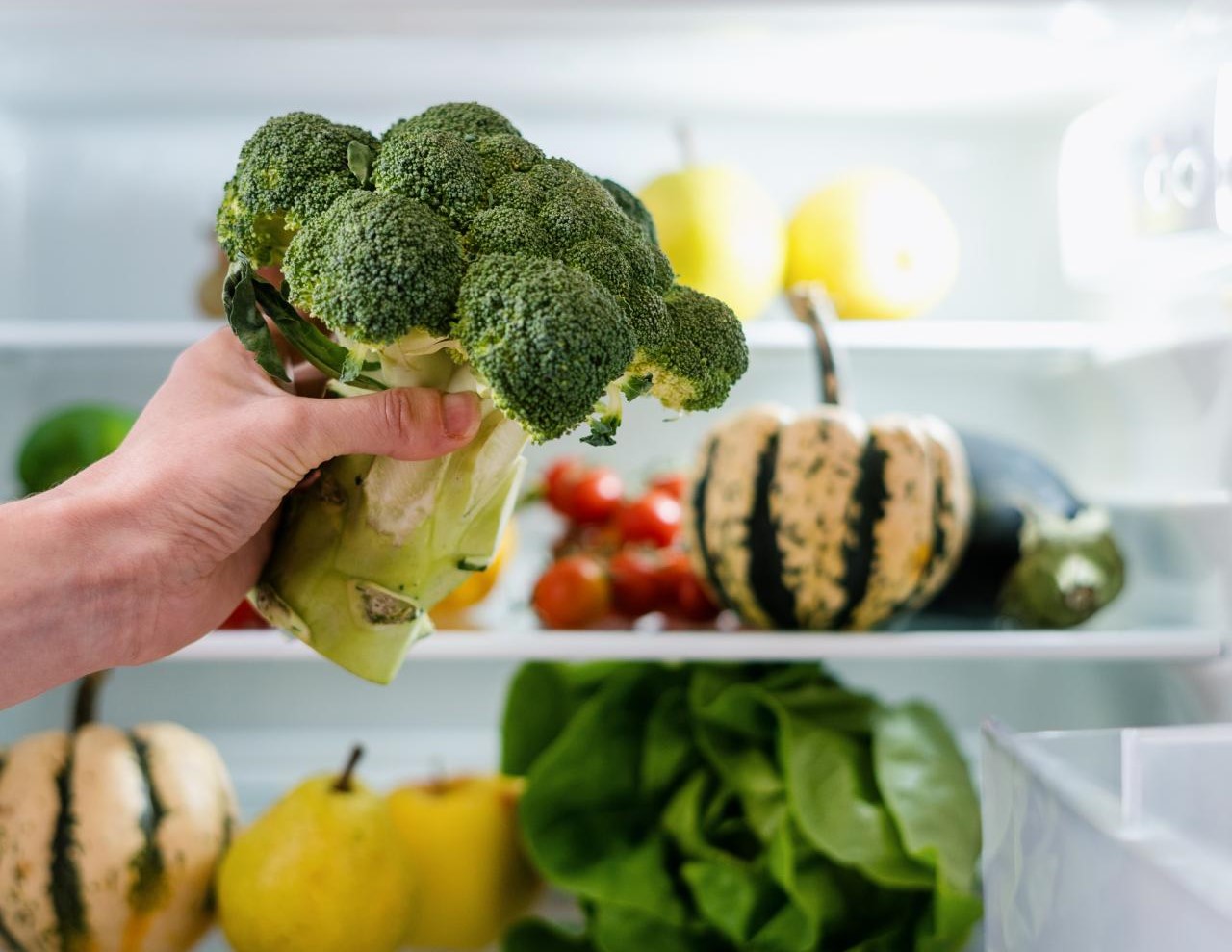
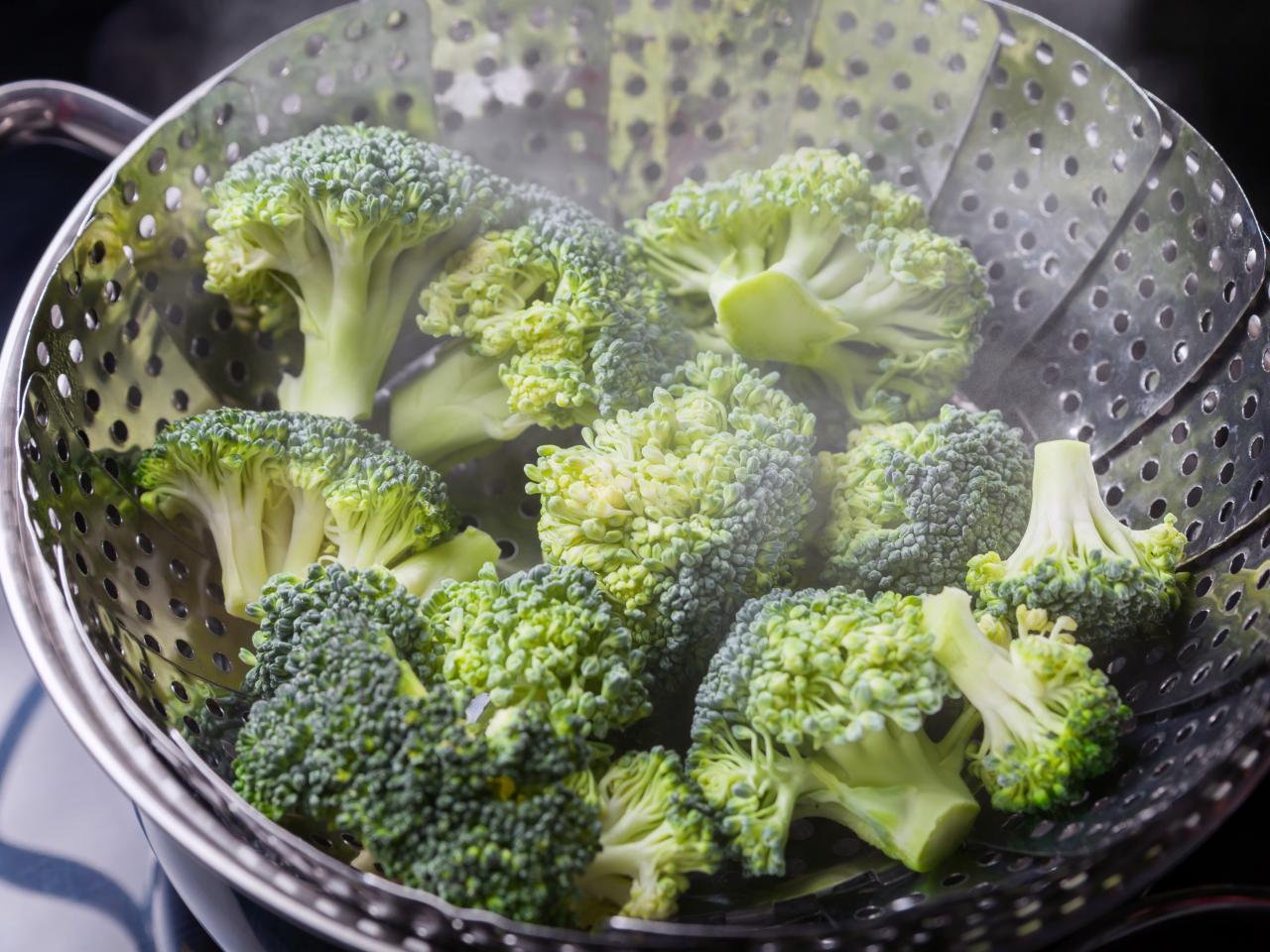
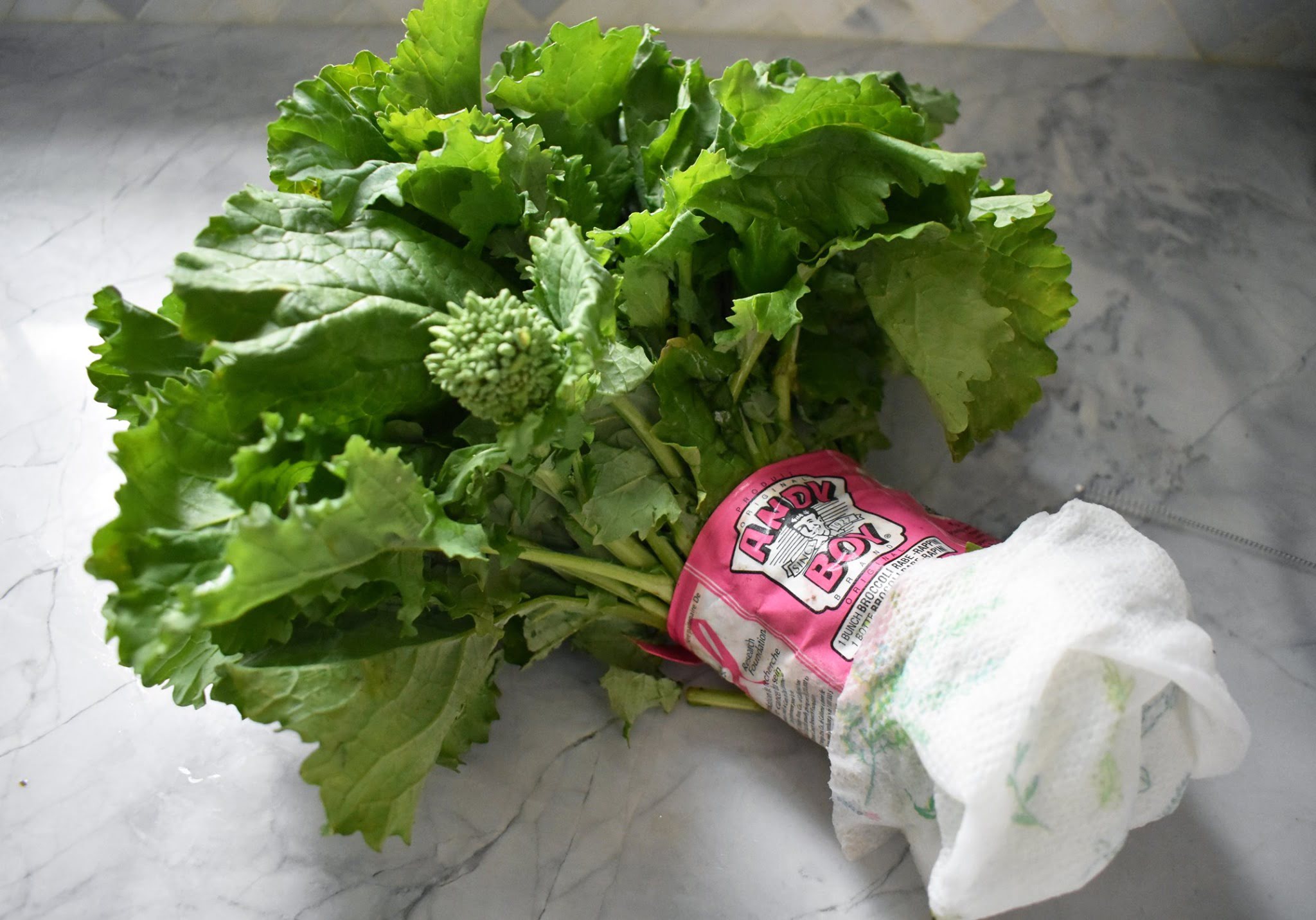


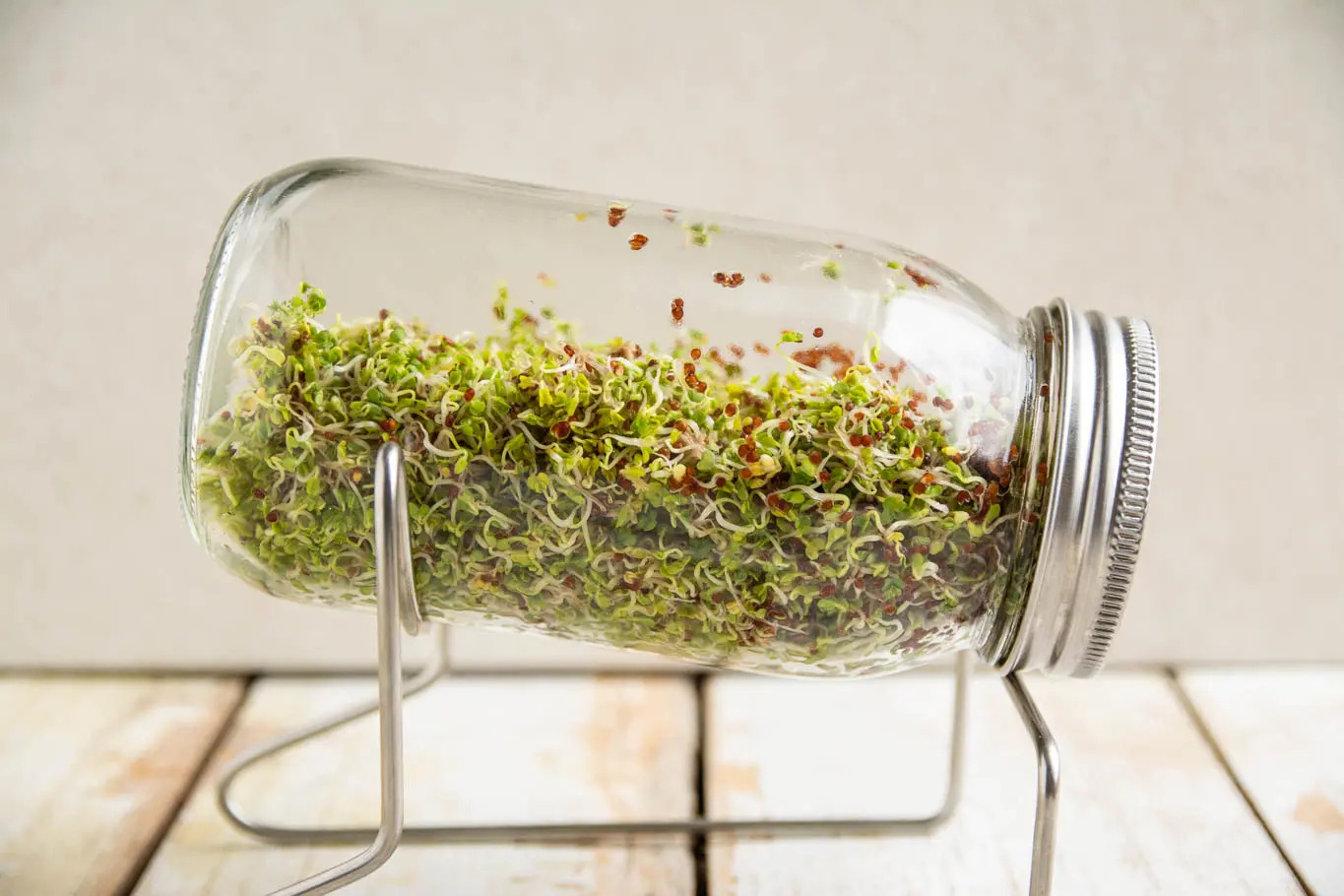
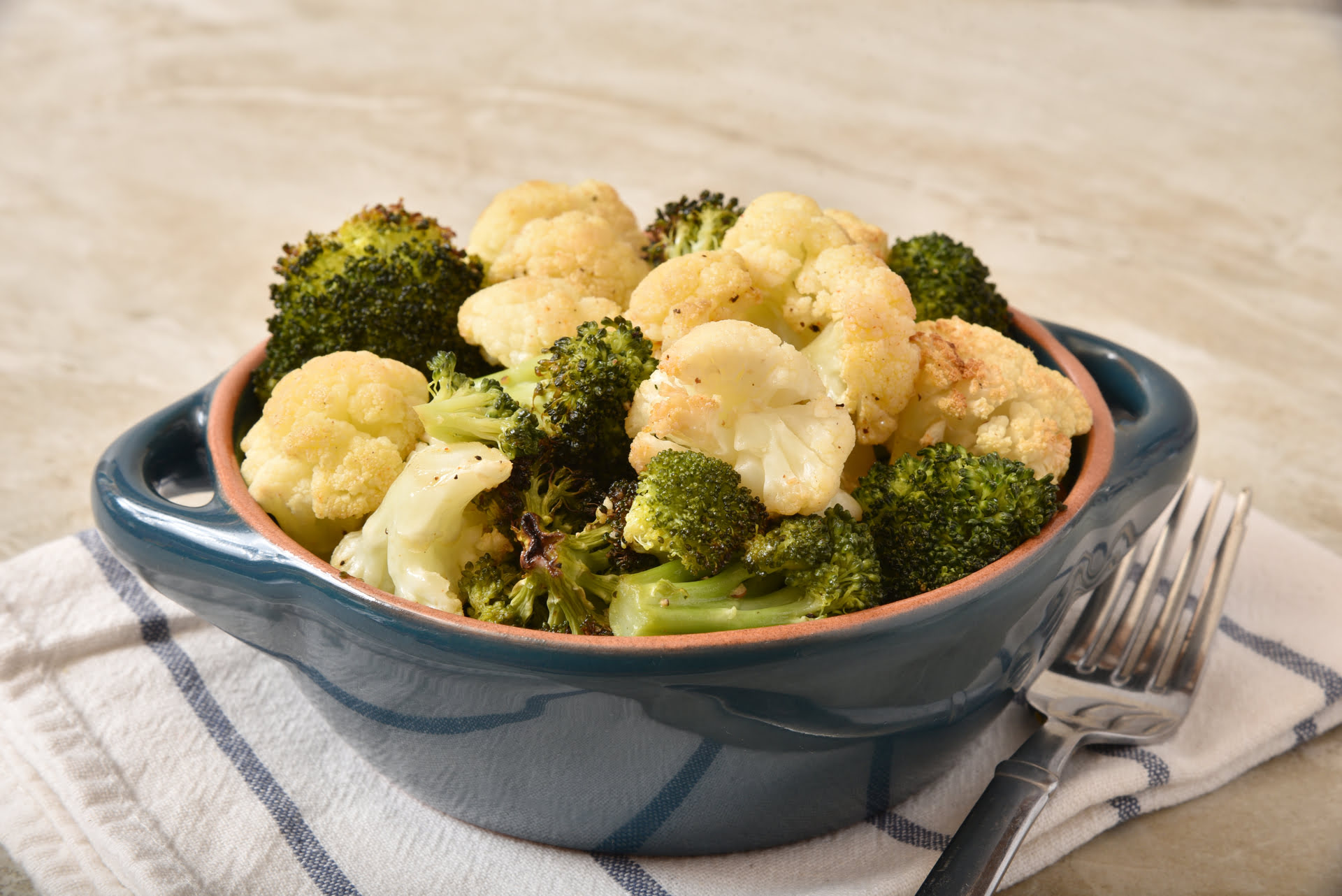


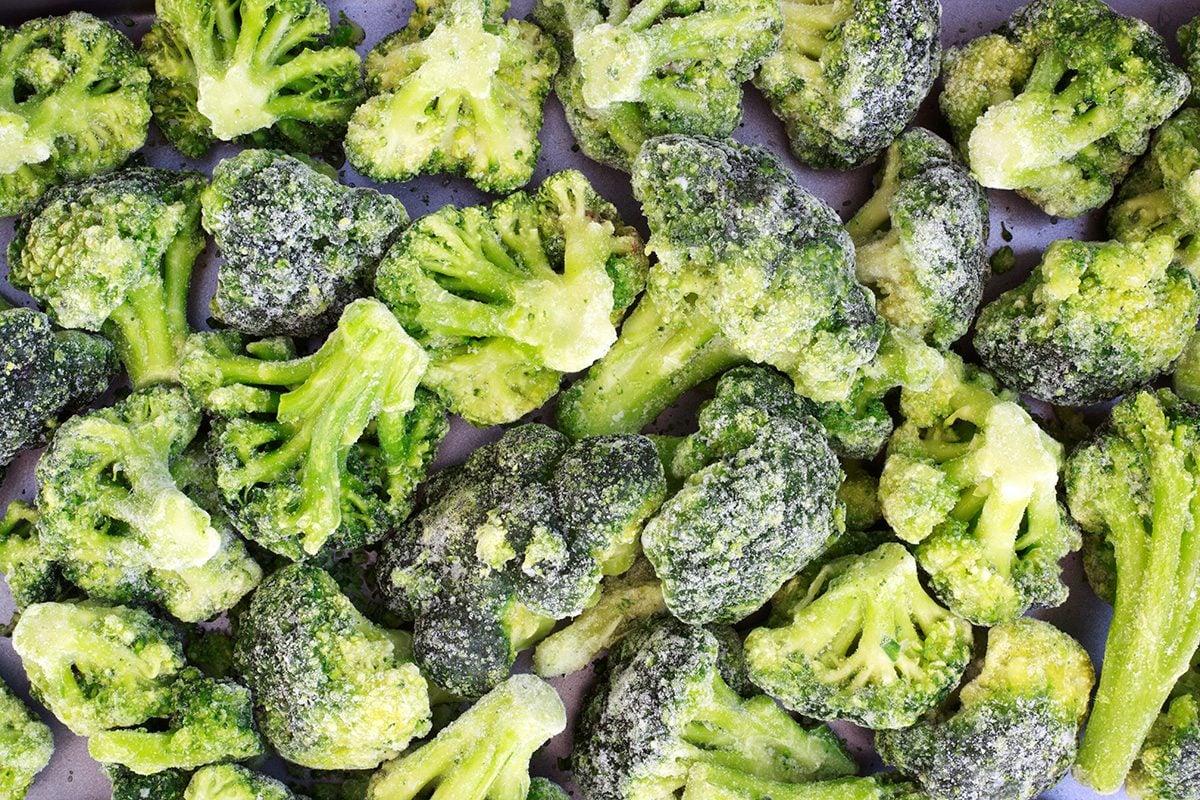
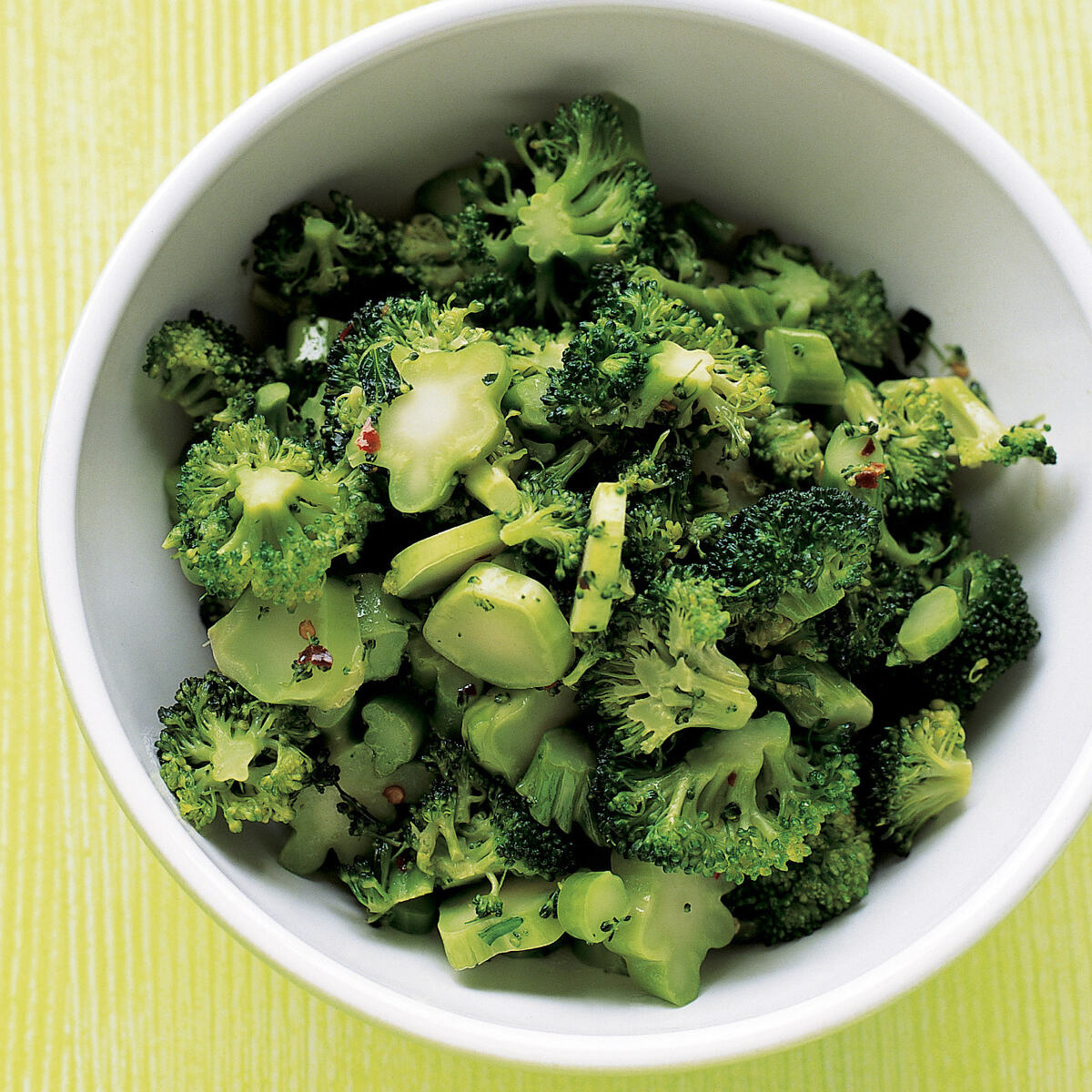
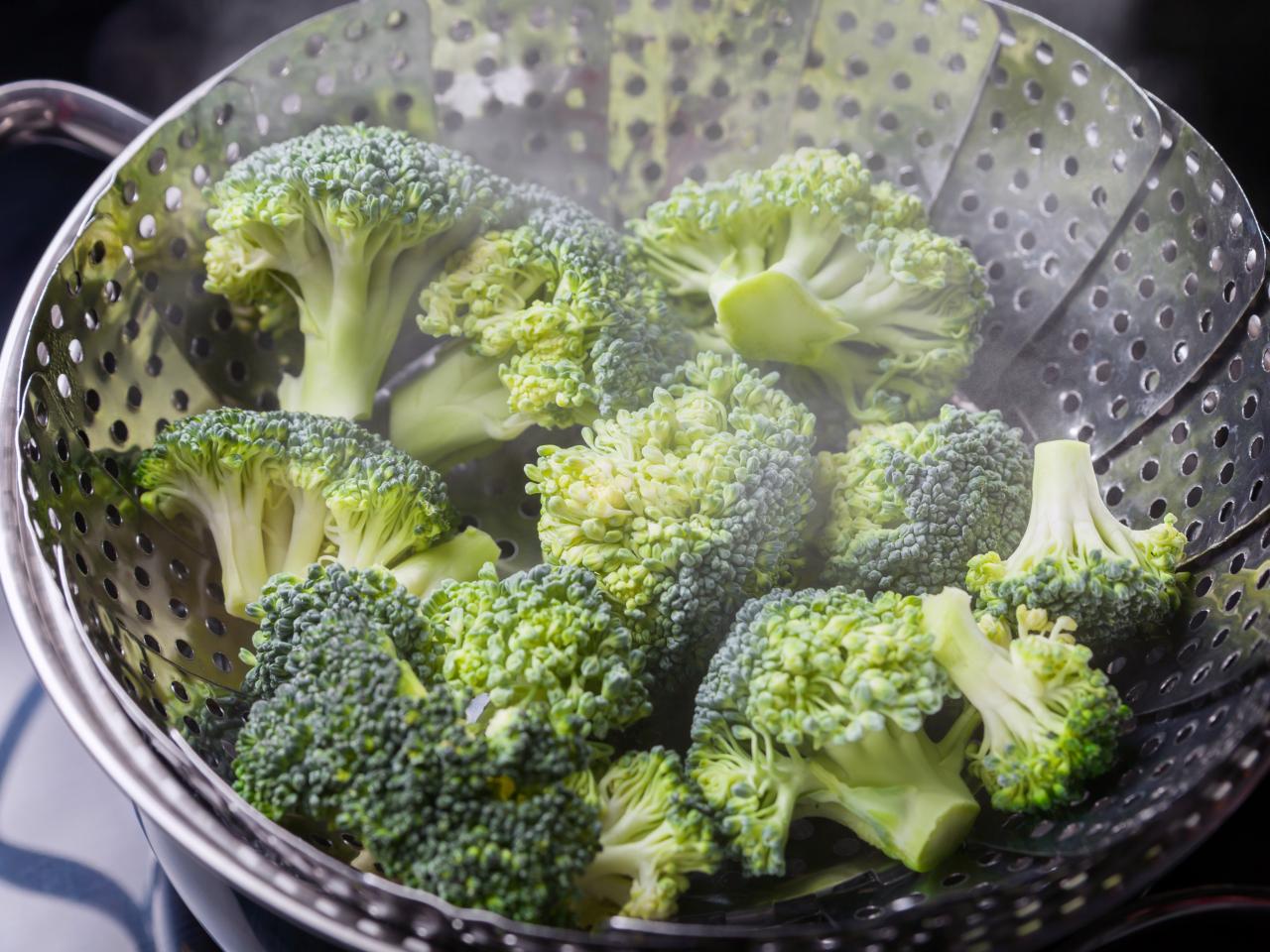

0 thoughts on “How To Store Cut Broccoli”